Environmental adaptations are an important yet underutilized way of helping individuals with behavioral, developmental, and sensory modulation challenges. While environmental adaptations are often included in positive behavioral support and relaxation programs, they are not given sufficient attention. A third of children with significant sensory modulation differences were found to have major psychiatric diagnoses http://www.fyiliving.com/wp-content/uploads/2010/09/re-examiningsensoryregulation.pdf Individualizing and teaching clients to use sensory environmental adaptations can significantly improve their behavior and decrease stress at school, work and home.
Environmental adaptations can provide structure and offer coping strategies that significantly reduce anxiety and improve behavior. Environmental adaptations include both the generalized and specific use of adaptive equipment and techniques. Generalized adaptive equipment and techniques such as assigned seats, reduced noise levels, posted rules and coping strategy bulletin boards provide structure for improved behavior.


An important guideline is to increase environmental structure before increasing behavioral demands, such as beginning more academically challenging learning activities. Likewise, reducing behavioral demands can be helpful in less structured environments. When clients first begin showing anxiety or behavioral difficulties, assess if the environmental supports match the demands being made and adjust environmental adaptations accordingly.
Some clients with significant behavioral, developmental, and sensory processing challenges benefit from individualized adaptive equipment and techniques such as study carols, noise canceling head phones, and being directed to do one activity for a minimum of five minutes before cleaning up and selecting another task. Research shows that adaptive equipment helps all children feel more comfortable in stressful environments, but the effects were significantly greater for children with developmental disabilities http://www.aamse.us/sites/default/files/Influence_Adapted.pdf
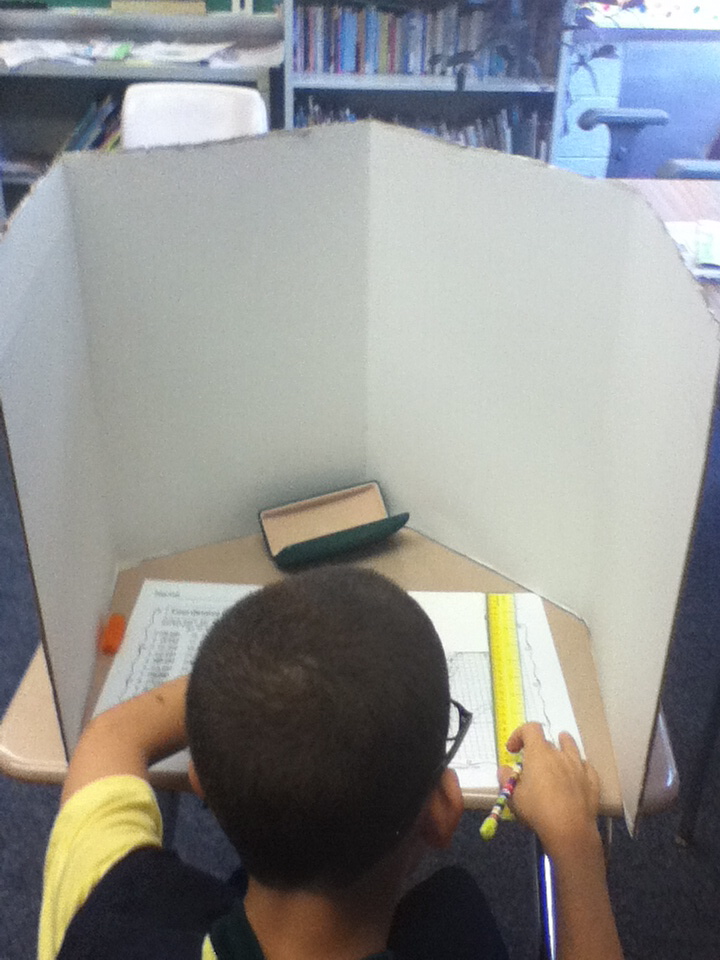


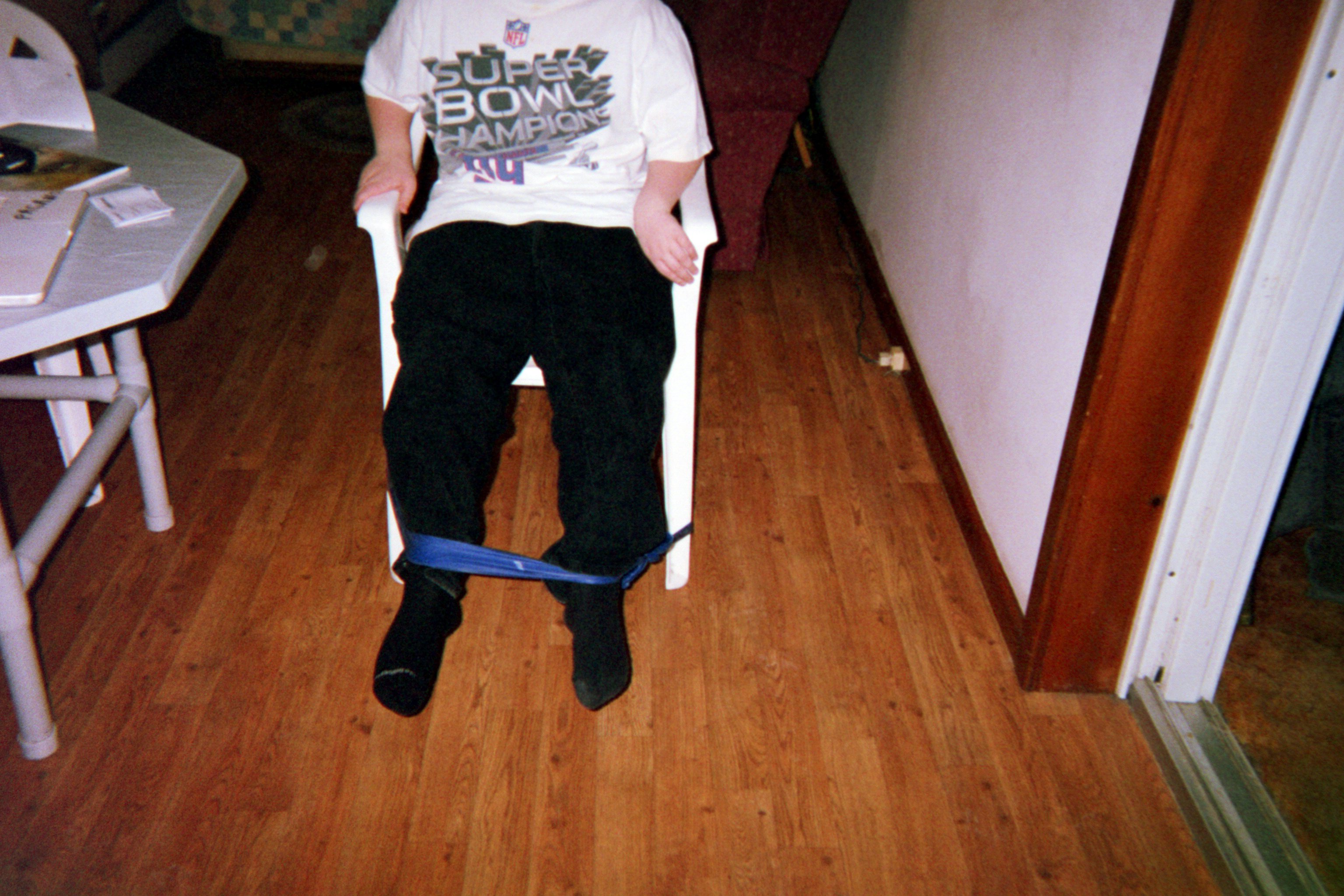
Specific environmental adaptations are most effective when they are individualized to meet the client’s behavioral goals and sensory needs. It is helpful to introduce environmental adaptations one at a time for a two-week period after practicing their use for goal achievement.
A Sensory Functional Behavioral Analysis, FAB Trigger & Coping forms, Sensory Profile, and goal-related base line data can be useful for finding the most effective environmental adaptations and tracking their effectiveness.
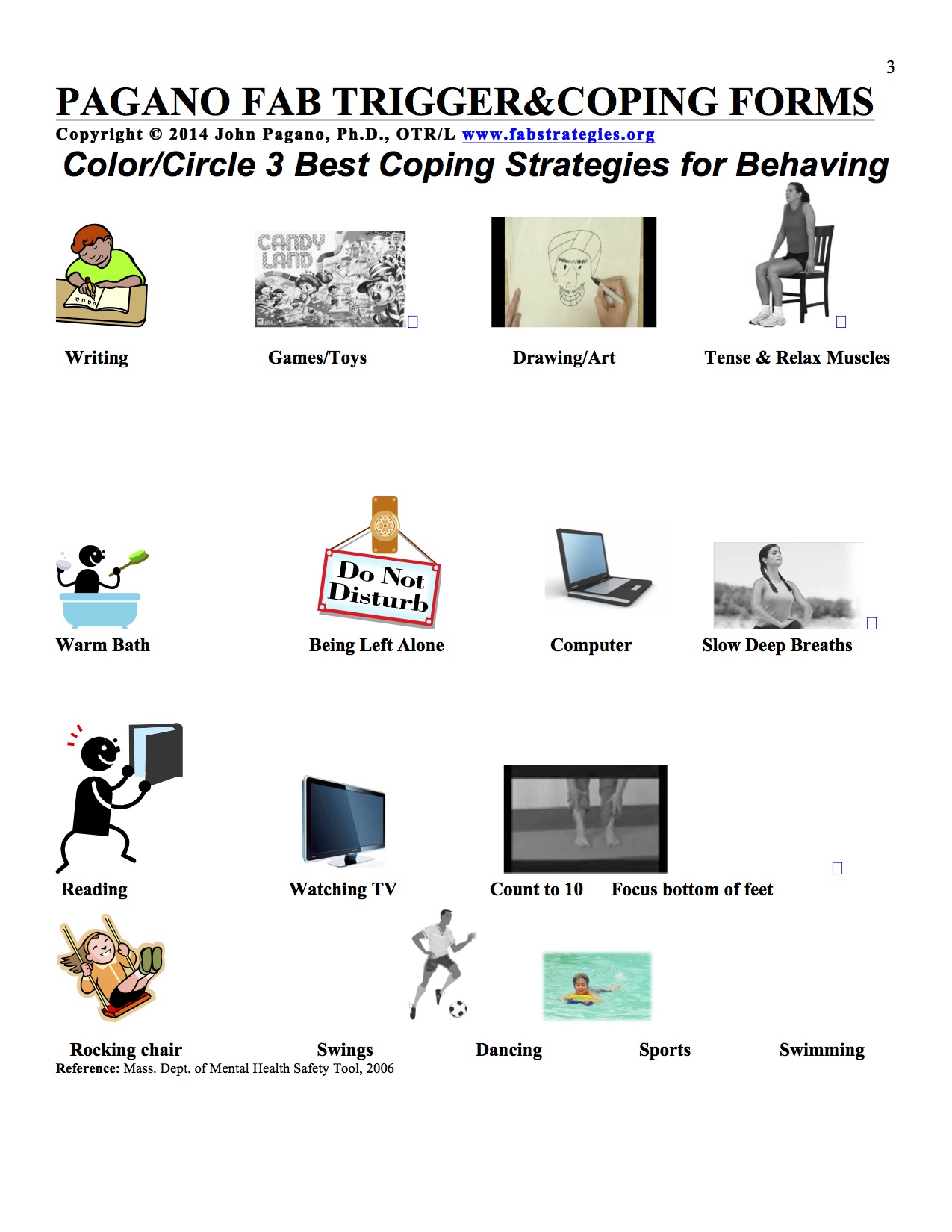
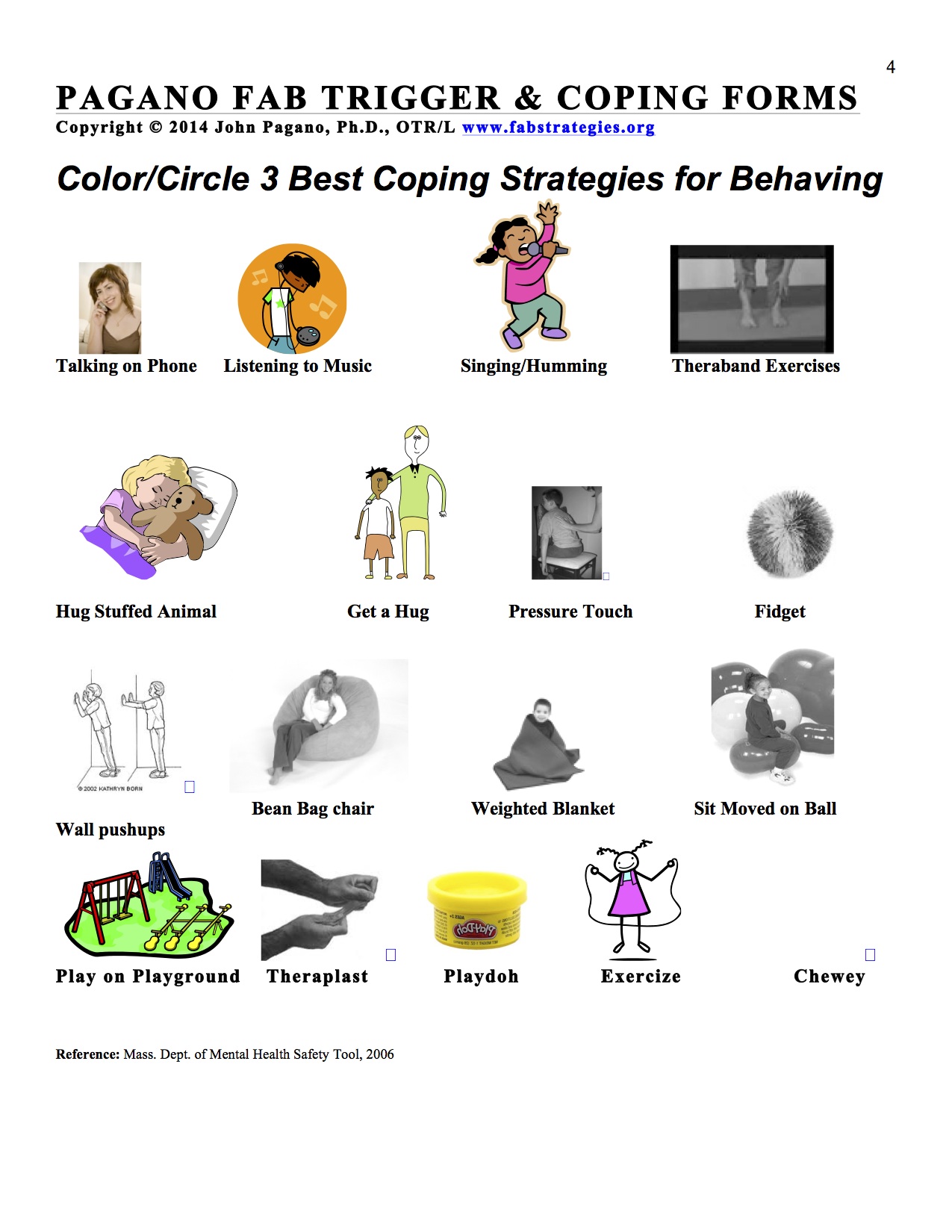
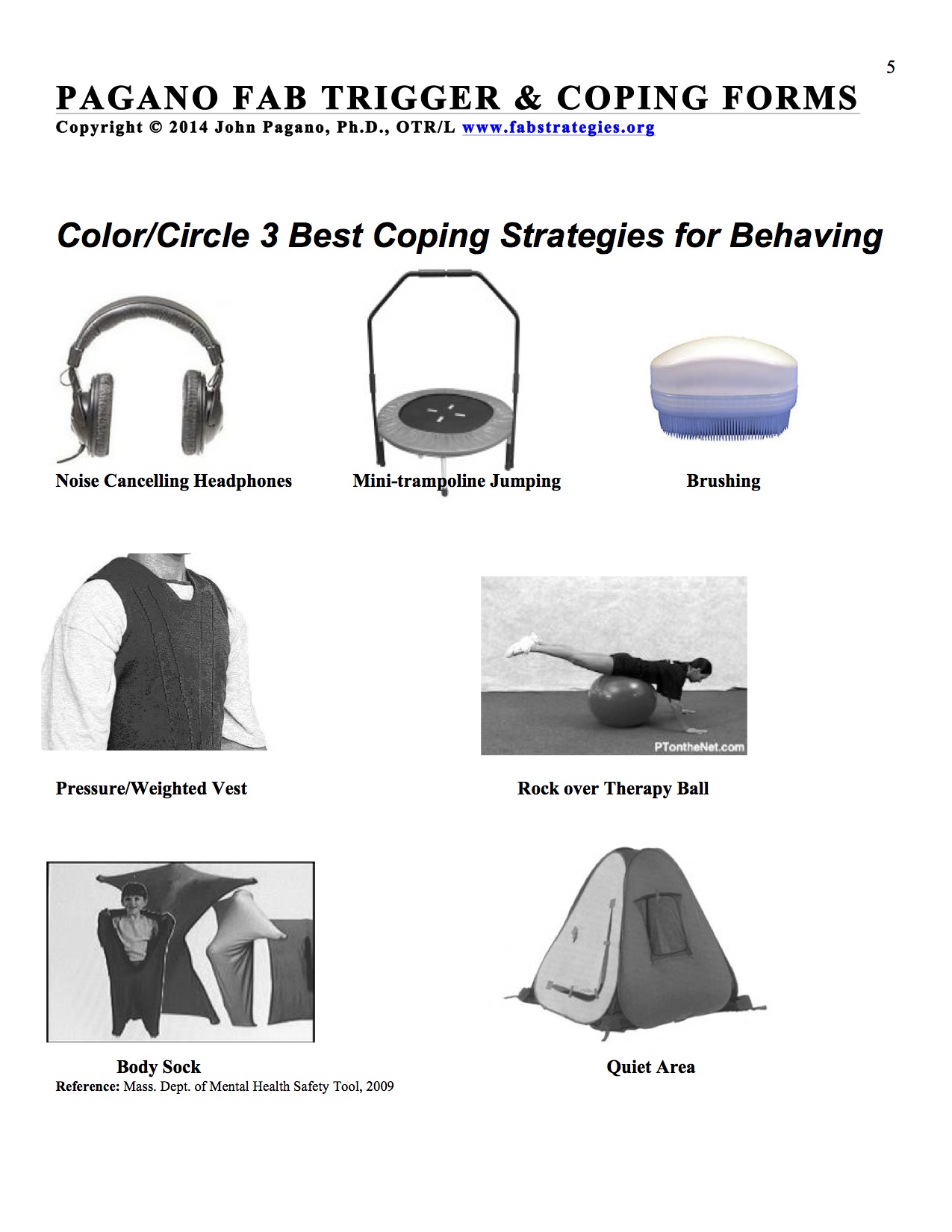 It is important to clearly explain the rules for continued access to environmental adaptations before introducing them (e.g., gum chewing will be allowed only if students consistently throw their gum in the garbage when they are finished with it). Specifically considering and teaching clients to use environmental adaptations significantly improves their effectiveness for individuals with behavioral, sensory processing and developmental challenges.
It is important to clearly explain the rules for continued access to environmental adaptations before introducing them (e.g., gum chewing will be allowed only if students consistently throw their gum in the garbage when they are finished with it). Specifically considering and teaching clients to use environmental adaptations significantly improves their effectiveness for individuals with behavioral, sensory processing and developmental challenges.
